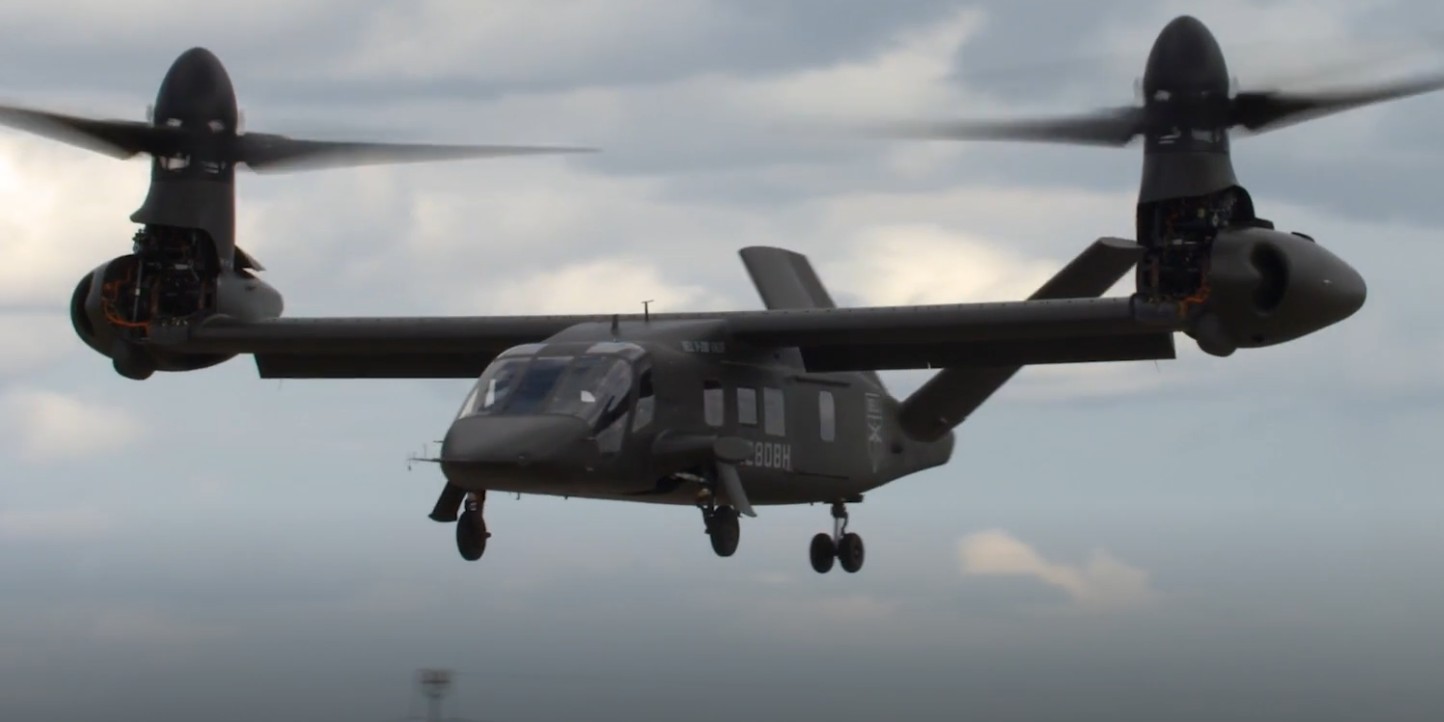Understanding the Technology Behind War Drones
Army war drones, often referred to as unmanned aerial vehicles (UAVs), have become a crucial asset for military operations due to their versatility, precision, and ability to carry out missions without risking human lives. These drones are equipped with various advanced technologies, including cameras, sensors, GPS, and sophisticated communication systems that allow them to be controlled remotely.
Drones typically operate on radio frequencies for communication between the drone and its control station. These signals can range from 2.4 GHz to 5.8 GHz for commercial drones, whereas military drones use encrypted and more secure frequencies. Understanding these aspects is essential to identify potential jamming methods.
Common Methods Used to Jam Army War Drones
Jamming a war drone involves disrupting its communication and navigation capabilities. Here are some widely adopted techniques:
Radio Frequency (RF) Jamming
One of the primary methods is RF jamming. This involves transmitting strong radio signals on the same frequencies as the drone to interfere with its communication channels. RF jammers are available in various ranges and power levels.
RF jamming can be executed using:
- Broadband Jammers: These devices cover a wide range of frequencies, capable of disrupting multiple communication channels simultaneously.
- Narrowband Jammers: These focus on a specific frequency, providing a more targeted disruption.
While effective, RF jamming requires knowledge of the specific frequencies used by the drone.
GPS Spoofing
Unlike RF jamming, GPS spoofing doesn’t block communication. Instead, it manipulates the drone’s navigation system by sending counterfeit GPS signals. These fake signals cause the drone to misinterpret its location, leading it off course.
GPS spoofing technology requires precision but can be a powerful tool to divert drones away from hazardous areas or sensitive locations.
Wi-Fi Jamming
Some drones use Wi-Fi for short-range communication. Wi-Fi jamming involves overwhelming the communication channels with other signals to disrupt connectivity. Devices such as Proxmark3 or specially designed Wi-Fi jammers can achieve this.
This method is more effective for commercial drones and less secure military UAVs using Wi-Fi communications.
Advanced Techniques in Drone Jamming
For more sophisticated jamming, advanced methods are employed:
Cyber Attacks
Cyber attacks can target the software of the drone, its control station, or the communication links between them. Techniques include:
- Malware Injections: Infiltrating the drone’s software to take control of its systems.
- Denial of Service (DoS) Attacks: Overloading the control station’s networks to disrupt operations.
- Data Interception: Capturing control signals to interfere with drone commands.
Cyber attacks require sophisticated knowledge and capabilities but can yield significant strategic advantages.
Acoustic Jamming
Acoustic jamming is an emerging field where sound waves are used to interfere with a drone’s sensors, particularly ultrasonic sensors used for obstacle avoidance. High decibel sounds at specific frequencies can create confusion or failure in the onboard sensors.
While still in experimental stages, this method represents an innovative approach to jamming.
Technical Specifications of Jamming Devices
| Device | Frequency Range | Power Output | Range |
|---|---|---|---|
| Broadband RF Jammer | 2.4 GHz – 5.8 GHz | Up to 100W | 5 km |
| Narrowband RF Jammer | Specific Targeted Frequencies | Variable | 1-2 km |
| GPS Spoofer | 1.575 GHz (L1), 1.227 GHz (L2) | Up to 10W | 500 m – 1 km |
| Wi-Fi Jammer | 2.4 GHz and 5 GHz | 5W | 200 m |
Legal and Ethical Considerations
It’s vital to understand that jamming army war drones, or any UAV, involves significant legal and ethical implications.
From a legal standpoint, unauthorized jamming can violate federal laws and international regulations. Interfering with military equipment is considered a hostile act that can escalate conflicts. Governments closely regulate and monitor jamming activities to prevent misuse.
Ethically, while jamming may be seen as a defensive measure, it poses risks to unintended targets, including civilian infrastructure. The potential collateral damage from jamming signals requires careful consideration and adherence to rules of engagement and international humanitarian laws.
In conclusion, jamming army war drones is a complex and sophisticated endeavor requiring specialized equipment and knowledge. While the methods listed above demonstrate the range of techniques available, they should be approached with caution, keeping in mind the serious legal and ethical ramifications involved.









